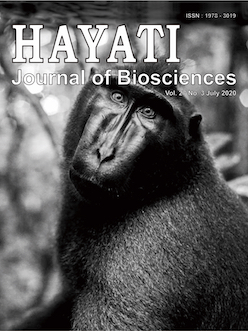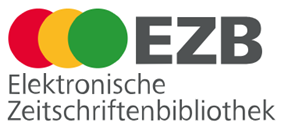Screening of Endophytic Bacteria as Biocontrol Agents Against Bacteria Leaf Blight (Xanthomonas oryzae)
Abstract
Bacterial leaf blight (BLB) is one of major threats in rice production as it can cause 100% yield loss. Concern on the environment and human health has led an attempt to replace existing methods of chemical control and avoid extensive use of bactericides by using endophytic bacteria. The present study was conducted to screen and characterize bacteria isolated from different sources that has potential as antagonistic bacteria against Xanthomonas oryzaepv. oryzae (Xoo), the causal agent of bacterial leaf blight of paddy. Two hundred and thirty-three endophytic bacteria were successfully isolated from roots and leaves from paddy field. Only 17 endophytic bacterial isolates showed positive antagonistic activity indicated by inhibition zone around bacterial colony against Xoo on nutrient agar plate with 2 endophytic isolates (BCA 3 and BCA 12) showed highest inhibitory effect with 35±0.00 mm in diameter. Molecular identification by 16S rRNA amplification successfully identified the antagonistic endophytic bacteria as Pseudomonas fluorescensand Geobacillus thermoparaffinivorans. Findings in this study revealed the biocontrol abilities of isolated endophytes as an excellent option to be used by agriculture sectors to have sustainable environment.
Downloads
HAYATI J Biosci is an open access journal and the article's license is CC-BY-NC. This license lets others distribute, remix, tweak, and build upon author's work, as long as they credit the original creation. Authors retain copyright and grant the journal/publisher non exclusive publishing rights with the work simultaneously licensed under a https://creativecommons.org/


















.png) IPB University
IPB University Department of Biology
Department of Biology The Indonesian Biological Society
The Indonesian Biological Society 

